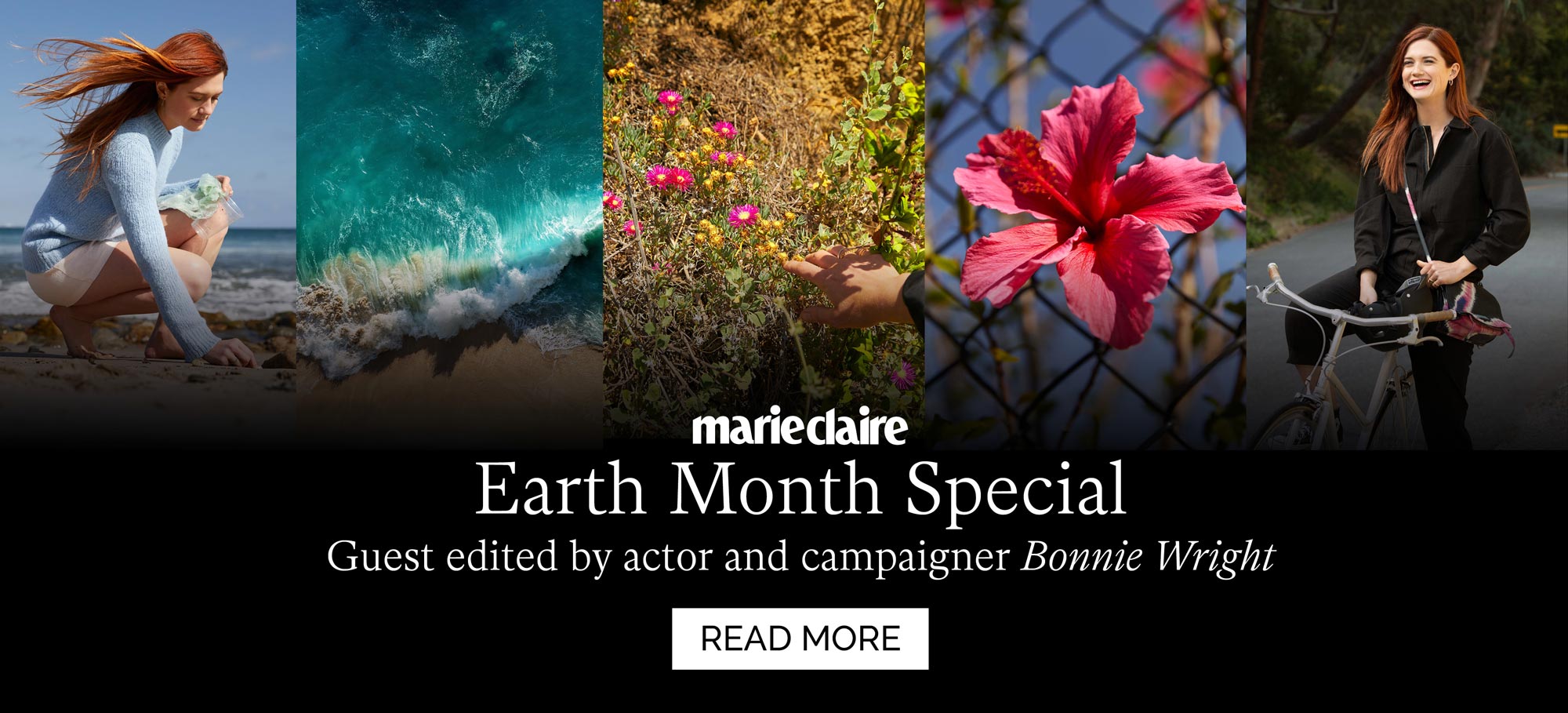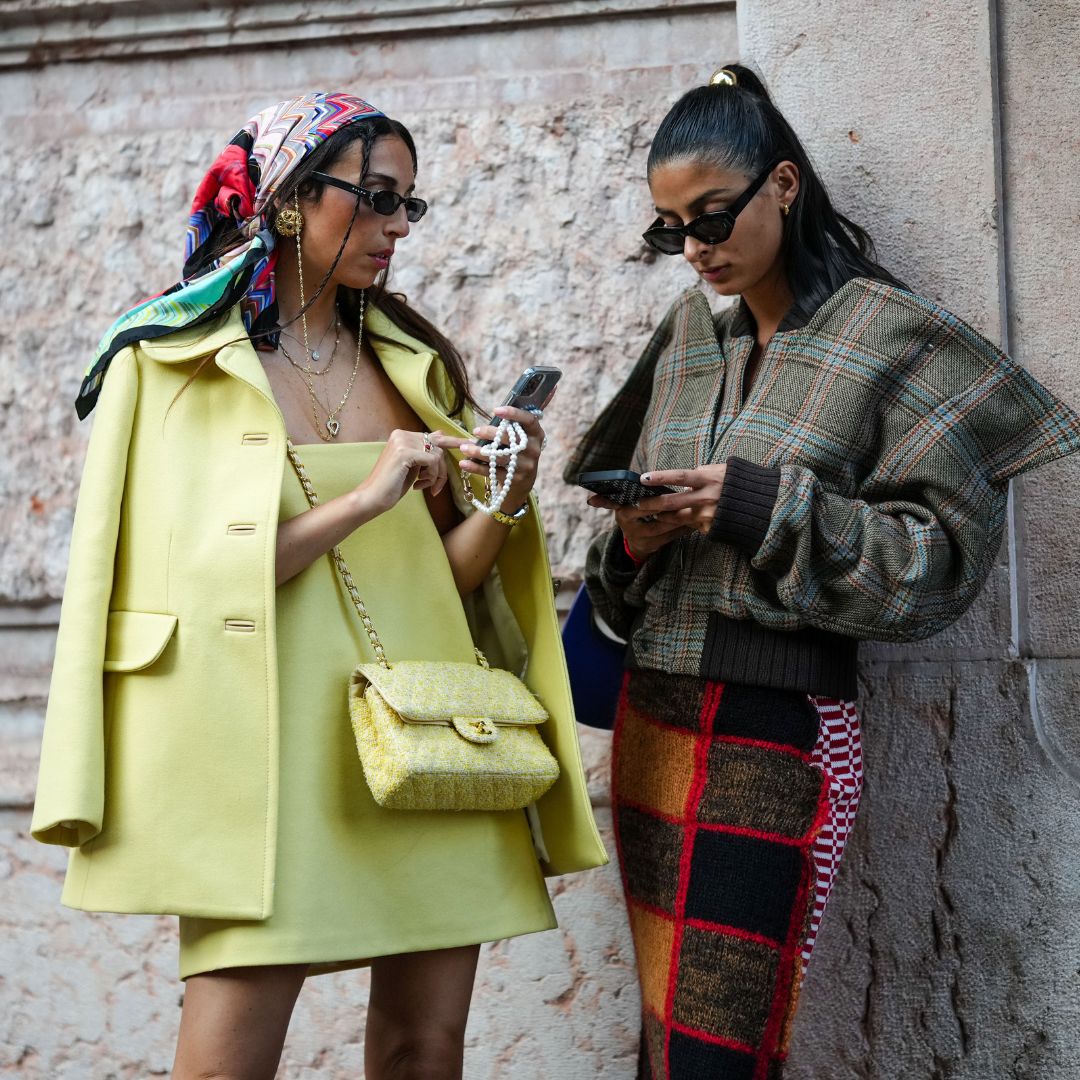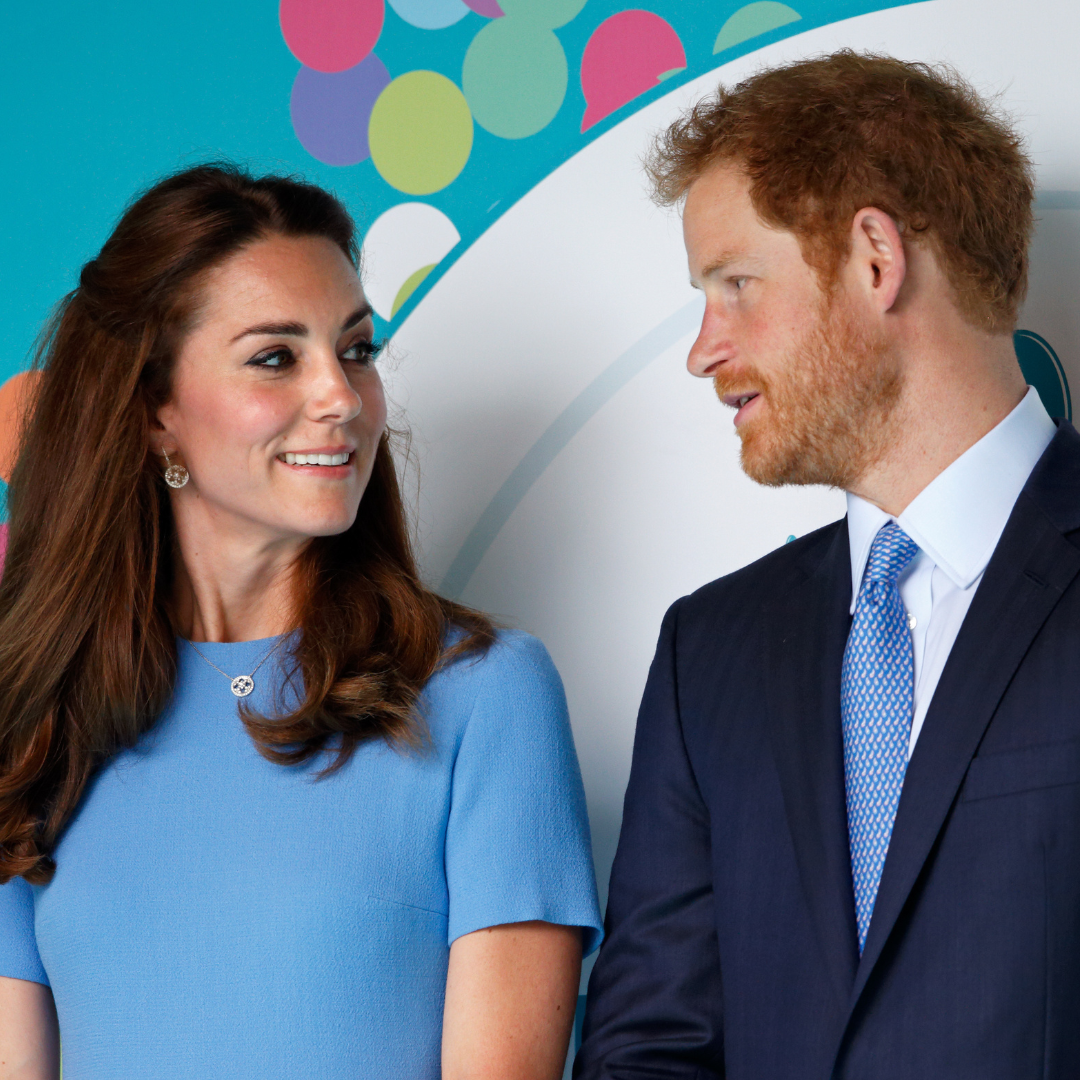Ever heard of intersectional environmentalism? Why it needs to be on your radar
Learn more about the link between climate change, activism, racism and privilege.

It’s clear from the latest IPCC report that the next seven years are pretty pivotal when it comes to the climate crisis. They’ve called it a “final warning” for a reason - because it’s our last chance to slow down the speed of climate damage before the change becomes irreversible.
At last year’s COP27 summit, countries agreed they must do more – and quickly – to prevent a dangerous rise in global temperatures. But immediate action has not yet materialised and the effects of climate change – including freak floods in Pakistan and soaring heat waves across Europe – paint a pretty bleak vision for the future.
One of the key topics world leaders discussed at COP27 was who bears financial responsibility for climate change. Who will pay for the consequences of global warming?
It’s complicated, but the key takeaway message is: if we do nothing, climate change will likely exacerbate existing inequalities. Less developed countries contribute the least to climate change – yet are often hit the hardest. While even within developed countries, the underprivileged and marginalised tend to suffer the most.
We've spoken to writer, environmental activist and founder of Intersectional Environmentalist, Leah Thomas – also known as Green Girl Leah – who is on a mission to raise awareness about environmental injustice. Here, the Southern California-based eco-activist explains how she's deconstructing ingrained systems of oppression within the environmental movement, as a means to protect both people and planet.
Intersectional environmentalism: So, what actually is it?
“This is an inclusive version of environmentalism that advocates for both the protection of people and of the planet,” explains Leah. “It acknowledges the overlap between systemic harm against Black, Indigenous, and people of colour (BIPOC) communities and ongoing harm being done to the Earth.”
In other words, whilst climate change is affecting everyone on the planet, it is particularly hurting communicates of colour, and inflicting greater negative costs from environmental problems.
Marie Claire Newsletter
Celebrity news, beauty, fashion advice, and fascinating features, delivered straight to your inbox!
Think of it like this: the more privileged you are, the greater access you have to resources – like air-conditioning, for example, to keep your houses cool during dangerous heat waves, and the means to pay the resulting energy bills.
A post shared by IE (@intersectionalenvironmentalist)
A photo posted by on
Why is intersectional environmentalism so important?
“People’s identities still dictate how they experience the environment around them,” she says. “For example, in the United States race is the number one indicator of whether someone will have clean air, clean water, or live near a toxic waste site; all of which has to do with structural racism”.
Sustainability is multilayered and contingent on factors that support social infrastructures and unity – such as laws, democracy, education, health, human rights and equality – most of which put some communities at a disadvantage given their ethnic origin.
“Prior to the Fair Housing Act in the U.S., prohibiting housing discrimination, specific concentrations of different racial groups were placed in different areas,” adds Leah.
“Yet, there are still similar structural inequalities that exist all over the world, especially among indigenous populations that experience climate injustice and environmental hazards. For example, in 2020, 20% of all drinking water advisories in Canada were in indigenous communities, who only make up 5% of the total population.”
Why is it important to acknowledge environmental injustice?
“It all connects back to social injustice,” says Leah. “Having access to clean air and clean water, two very basic things, should be a human right or an environmental human right. Especially in the US, where there's a lot of privilege, sometimes people don’t realise that environmental injustice isn’t rare.”
Leah says she takes inspiration from Indian Eco feminist, Vandana Shiva: “People in the global north forget how many people around them are still primarily concerned with sustenance environmentalism – access to uncontaminated water and food. We’ll go to the global south and say the U.S. is doing just fine. Yes, you should focus on things outside of the states and in the global south, but you can't ignore what’s happening in your own backyard. You can focus on clean air and clean water in the global south while also focusing on how it impacts everyday communities and even suburban communities in places like the US and UK.”

So what can be done?
The most effective way of helping to save the planet collectively is if people from all communities, from all geographical areas of the world, come together to tackle the common goal that impacts every single one of us to varying degrees – climate change. Environmental sustainability cannot be achieved or worked towards without social sustainability and an all-inclusive approach from the inhabitants that induce it.
The need to uplift the voices of those predominantly unheard, is pivotal in achieving cohesion of sustainability, says Leah. “By flagging environmental injustice, you can let people know that environmentalism is for everyone and not only for white men. More people will be inclined to care for their planet if they see themselves and their cultural values reflected in it.”
5 tips for activists looking to create meaningful, inclusive change
1. Learn the history of environmental justice in your community
You may happen to live in a very big industry town where there are remnants of fracking or the coal, fishing or mining industry. Leah advises looking at how the industry impacts air pollution in that community. In some places, race may be the number one indicator of environmental injustice, in other places it may be income. So, find out what’s happening in your town.
2. Research climate justice-specific organisation systems
Researching environmental justice or climate justice will open your eyes to the convergence of both social and environmental issues, she continues.
Helpful resources include Climatejusticealliance.org and Climatejustice.style.greenpeace.org.
3. Try to lend the skills that you have, don’t try to be someone you’re not
Leah encourages writing for a magazine or a bulletin if you’re a good writer. “There’s a website, in the U.S. that also works in the UK, catchafire.org, which is where a bunch of non-profits will post volunteer and job opportunities where they require help, for example, graphic design, or accountancy. You can find whatever your skill set is and apply it to an organisation you care about. Other UK resources that can help you get involved include The Conservation Volunteers in London and Environmentjob.co.uk”.

4. Watch diverse climate stories
Educate yourself on a breadth of climate stories to understand their complexities. “WaterBear is a free platform that offers a variety of engaging documentaries around the environment and other impactful stories," says Leah, who emphasises the importance of exposing yourself to a multitude of environmental stories, from articles and documentaries, podcasts, and blogs.
Improving your knowledge and understanding of the environmental movement and its history will allow you to see how you could fit in to help narrow inequality within social dimensions of climate change. Ultimately, everyone can benefit from inclusivity.
5. Donate to Climate Justice organisations if you can because they tend to receive the least funding
As a new and evolving area most people may not have heard of yet, a great way to promote intersectional environmentalism is simply by donating to Climate Justice organisations. They need support to be heard. “We’re all very familiar with animal rights and conservation, but now we need to wake up to the human side of climate injustice”. Leah suggests The Environmental Justice Foundation or ClientEarth as a great place to start.


Ally Head is Marie Claire UK's Senior Health and Sustainability Editor, nine-time marathoner, and Boston Qualifying runner. Day-to-day, she heads up all strategy for her pillars, working across commissioning, features, and e-commerce, reporting on the latest health updates, writing the must-read wellness content, and rounding up the genuinely sustainable and squat-proof gym leggings worth *adding to basket*. She also spearheads the brand's annual Women in Sport covers, interviewing and shooting the likes of Mary Earps, Millie Bright, Daryll Neita, and Lavaia Nielsen. She's won a BSME for her sustainability work, regularly hosts panels and presents for events like the Sustainability Awards, and is a stickler for a strong stat, too, seeing over nine million total impressions on the January 2023 Wellness Issue she oversaw. Follow Ally on Instagram for more or get in touch.
-
 Mytheresa is having a secret sale right now and these are the 11 cult items I'm eyeing
Mytheresa is having a secret sale right now and these are the 11 cult items I'm eyeingIncluding the designer bag that was everywhere at Milan Fashion Week
By Clementina Jackson
-
 Prince Harry reportedly extended an 'olive branch' to Kate and William on latest UK trip
Prince Harry reportedly extended an 'olive branch' to Kate and William on latest UK tripBig if true
By Iris Goldsztajn
-
 How Prime Video is protecting Blake Lively amid her new movie promo
How Prime Video is protecting Blake Lively amid her new movie promoAn understandable move
By Iris Goldsztajn